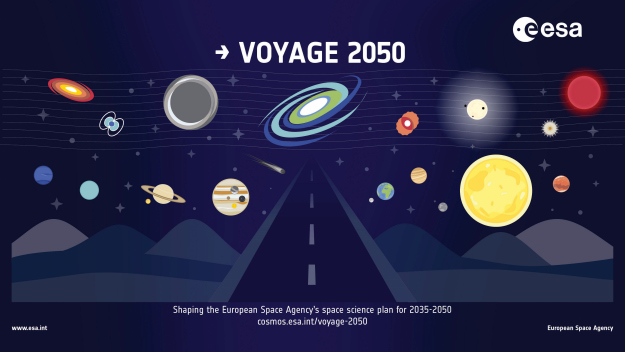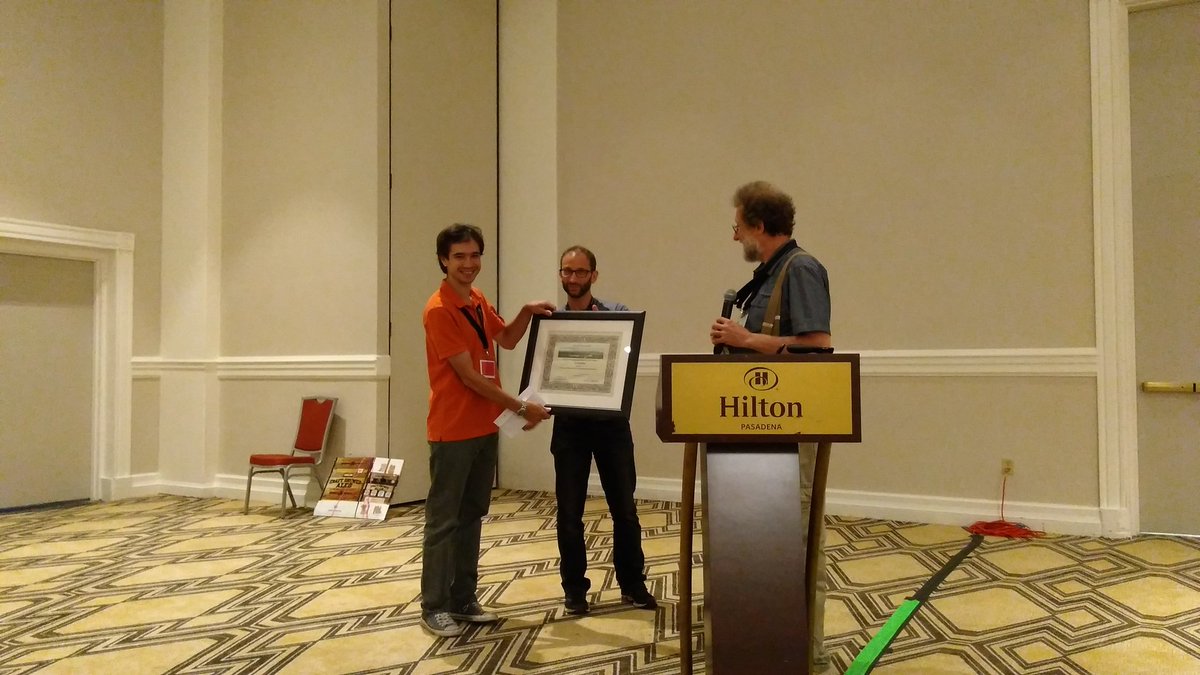The latest news from our LIGO/Virgo friends (including some colleagues here in Birmingham) was an astrophysical surprise. The black-hole binary GW190412 is just different from every other one we have had so far. One of the two black holes is about three times larger than the other one, it’s spinning relatively fast, and that spin might even be misaligned with respect to the binary axis. That’s a lot of new things, which makes this event very challenging (but we like challenges!) to be explained with a coherent astrophysical setup. That’s what I meant by an astrophysical surprise. Today’s paper is our attempt to, first of all, quantify that GW190412 is indeed very unusual. Maybe it comes from a second-generation merger (that is, an event where one of the two black holes is the result of a previous merger). This might explain its features, but then the astrophysical host must be very unusual. So, yet another challenge.
Davide Gerosa, Salvatore Vitale, Emanuele Berti.
Physical Review Letters 125 (2020) 101103.
arXiv:2005.04243 [astro-ph.HE].
Press release: Birmingham, MIT.
Other press coverage: International Business Times, SciTechDaily, VRT, notimerica, allnewsbuzz, canaltech.













